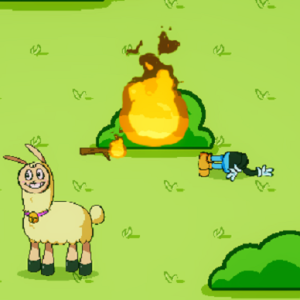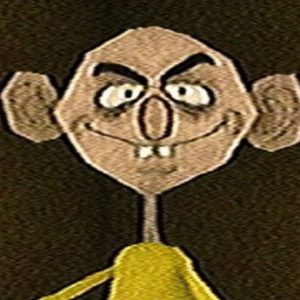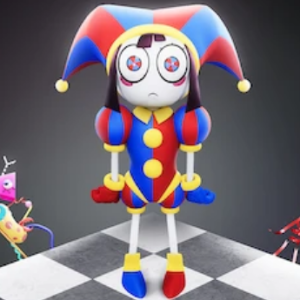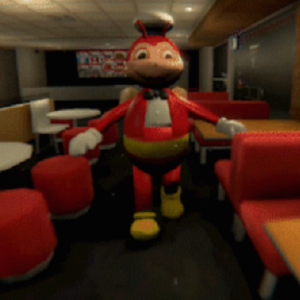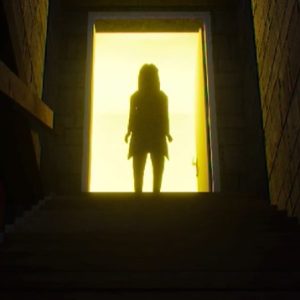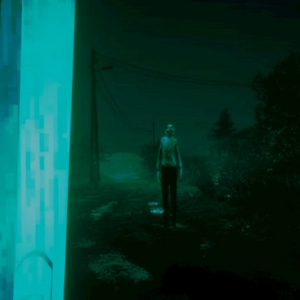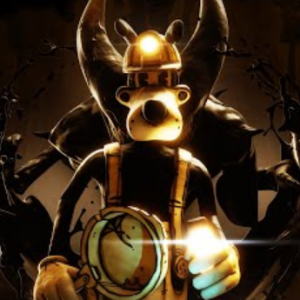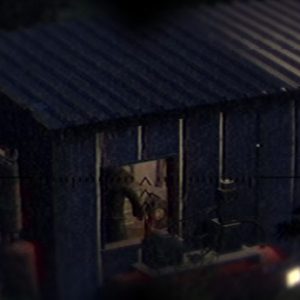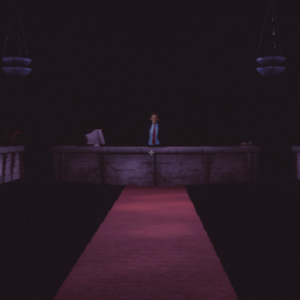Similiar games
Hungry Lamu 2 is a psychological horror adventure that continues the story of the strange, hungry llama introduced in the first game. While the original began with a deceptive cartoon style and slowly descended into horror, the sequel fully embraces the darker elements from the start. Players return to the same forest, now more twisted and dangerous, with a focus on uncovering Lamu’s past and understanding the true nature of his hunger. The narrative moves deeper into mystery, using minimal dialogue and environmental clues to drive the story forward.
Setting and Narrative Development
The game opens in a secluded forest environment where Lamu and a mysterious character awaken after a strange incident. From the beginning, there are signs that something is wrong—glitching visuals, abandoned shelters, and unsettling silence. Players slowly piece together a larger story involving scientific experiments on animals, mental deterioration, and a growing sense that the forest is alive. Throughout the game, strange symbols appear on trees, and long-forgotten notes hint at a research facility hidden deep in the woods. The story is told through visuals, scattered documents, and changes in Lamu’s behavior, creating a tense and atmospheric experience.
Mechanics and Gameplay Structure
Hungry Lamu 2 blends simple exploration with layered puzzle-solving and survival elements. The game is divided into top-down 2D sections and first-person 3D sequences that activate during key story events or hallucinations. Each part offers unique gameplay:
- 2D exploration with hidden paths and timed events
- First-person chases and scripted horror sequences
- Puzzle elements using objects like tools, herbs, and broken devices
- Item-based interaction with the environment
- Multiple endings based on the player’s exploration and decisions
These systems work together to create a game that is both slow and thoughtful, but also capable of delivering quick, unexpected fear. Players must manage their path through the forest carefully, using found items to survive and uncover the truth.
Atmosphere and Visual Style
The art style in Hungry Lamu 2 plays a critical role in creating emotional contrast. The 2D segments retain a colorful but muted design, filled with static animations and odd sound effects. However, once players enter the 3D zones, the mood shifts completely. The lighting darkens, textures distort, and the music becomes minimalistic or silent. Visual glitches, shadows moving in the distance, and distorted character models create a constant sense of discomfort. Lamu himself shows signs of change—his eyes flicker, his movements become more erratic, and his once innocent look fades into something more unnatural.
Themes and Emotional Impact
The sequel is more than just a horror game—it explores themes of guilt, memory, and the struggle between instinct and identity. Lamu is no longer just a strange creature with a hunger problem; he becomes a symbol of something larger, perhaps even a victim. The forest, filled with signs of past experiments and hidden graves, becomes a metaphor for buried trauma. The game avoids heavy exposition, letting players feel the weight of the story through discovery and small changes in gameplay. By the end, the emotional connection to Lamu becomes conflicted, and the final choices carry real narrative weight.


